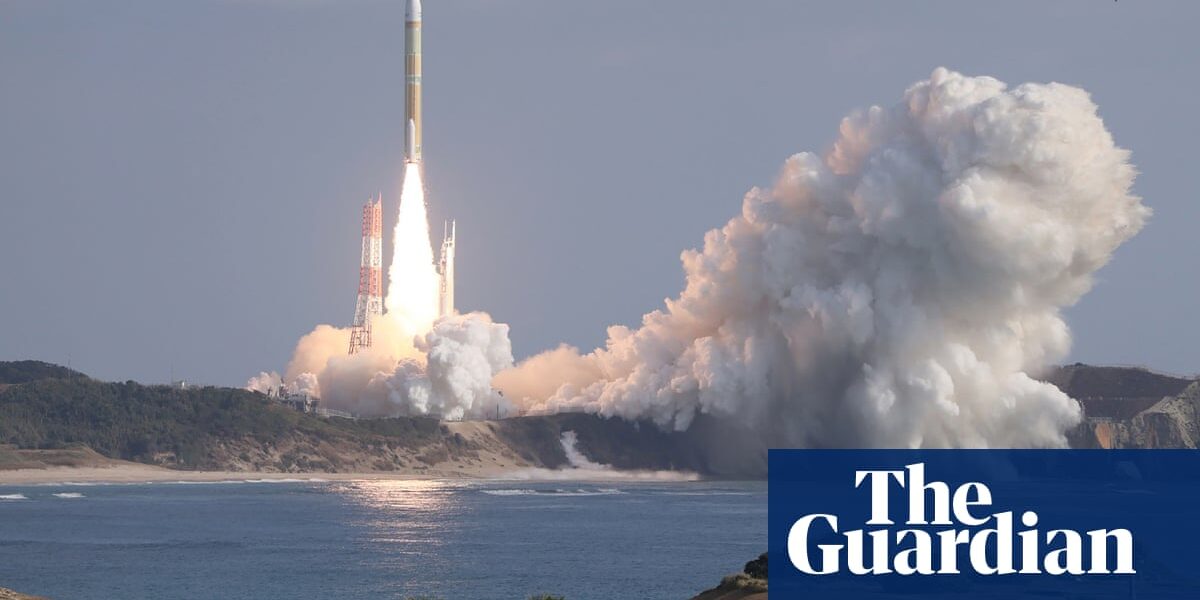A year after the first flight failed, Japan successfully launches their second flagship H3 rocket.

The second trial version of Japan’s primary rocket, H3, was successfully launched by the country’s space agency. This is a positive development for their space program, following the failure of the initial launch last year.
The recent launch adds to the country’s reputation in space, following Japan’s successful “precise” moon landing by the Slim spacecraft last month.
Jaxa and Mitsubishi Heavy Industries have collaborated to create the H3 as a replacement for the outdated H-IIA. Their goal is to attract launch orders from international customers by offering a lower cost and higher payload capacity.
At 9:22am Tokyo time (0022 GMT) on Saturday, the H3 had a “successful liftoff” and was “on course” with its engines functioning correctly, according to Jaxa’s live broadcast from Tanegashima Space Centre. The scientists were seen applauding and embracing each other in celebration.
The rocket has deployed a micro-satellite, is scheduled to deploy another, and approximately two hours after takeoff, it will release a dummy satellite.
In March, the H3’s initial flight was unsuccessful as the rocket was destroyed by ground control 14 minutes after takeoff due to a malfunction in its second-stage engine. Jaxa’s investigation, released in October, identified three potential electrical issues but was unable to pinpoint the exact cause. This failure resulted in significant setbacks for Japan’s satellite and planetary exploration initiatives.
Later on Saturday, JAXA will hold a press conference.
The H3, which measures 63 metres (297ft), has been created to transport a 6.5 metric ton load into outer space and lower the cost of each launch to as little as 5 billion yen ($33 million) through the use of more basic designs and electronics similar to those used in cars. In contrast, the H-IIA costs around 10 billion yen per launch.
By the year 2030, the government intends to send approximately 20 satellites and probes into space using H3 rockets. In 2025, the H3 will transport a lunar explorer for the collaborative Japan-India Lupex project and may also deliver cargo spacecraft for the US-led Artemis mission to explore the moon in the future.
The demand for satellite launches has increased due to the availability of cost-effective commercial vehicles, including SpaceX’s reusable Falcon 9. Several new rockets are undergoing testing this year.
In the previous month, the United Launch Alliance’s Vulcan rocket, a collaboration between Boeing and Lockheed Martin, successfully completed its first flight. Additionally, the European Space Agency intends to launch their more affordable Ariane 6 for the first time in the current year.
Source: theguardian.com




